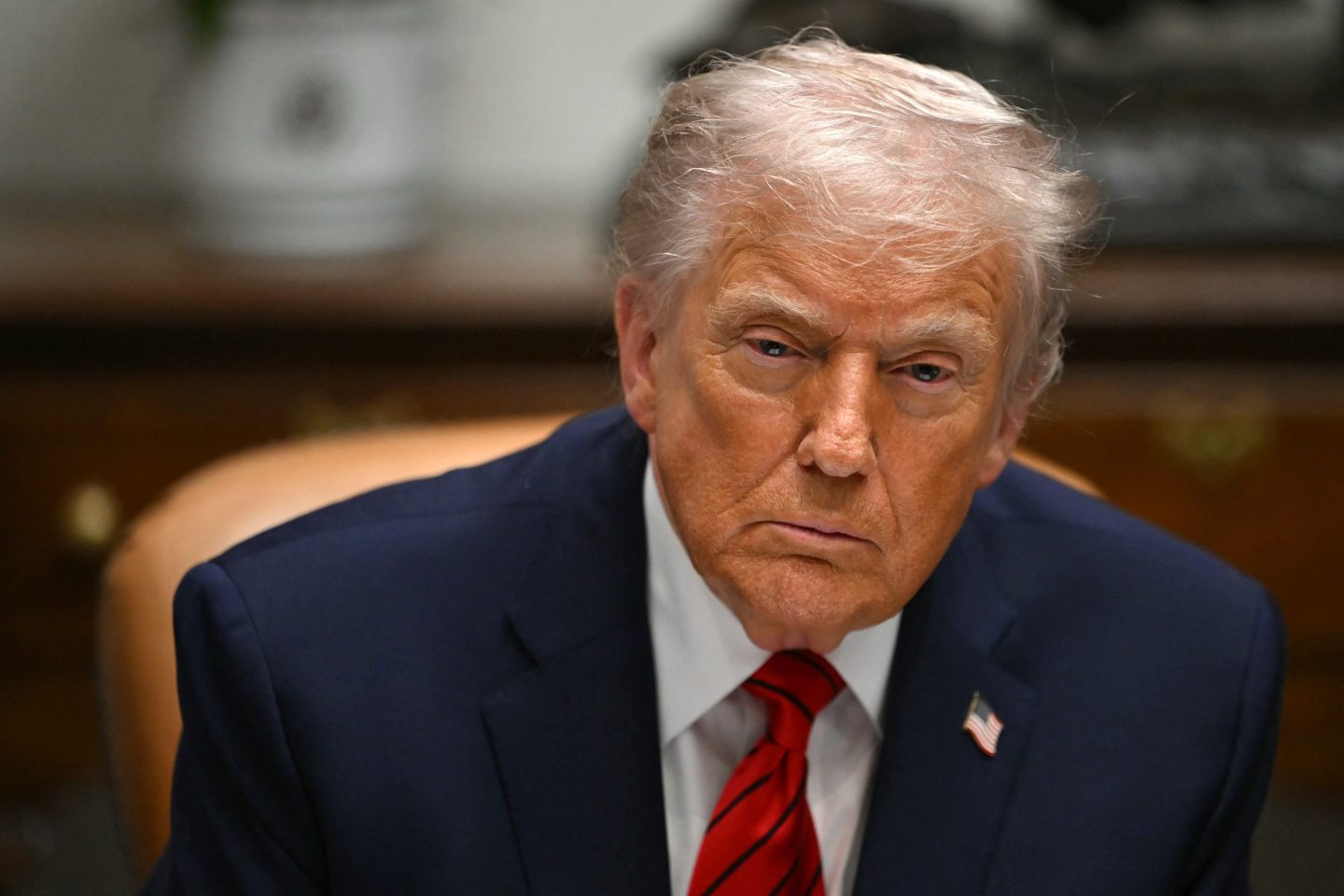As of tomorrow, Hong Kong residents get to go to the beach again.
Hong Kong Chief Executive Carrie Lam, in a surprise announcement Tuesday, said that the city was accelerating its reopening plans, opening beaches and swimming pools, and allowing residents to exercise outdoors without a mask.
The city would also allow restaurants to seat eight to a table, a decision that Lam tied to the upcoming Mother’s Day holiday. “We hope that by relaxing the number of patrons allowed at a table, three generations—the grandmother, the mother, and also the third generation—can share a table together,” Lam said.
Hong Kong’s surprise move to dismantle social distancing restrictions that have governed daily life in the city for months lags far behind the reopenings of other global cities like Singapore and Dubai. But it is a marked contrast to policies across the border in the Chinese mainland, where authorities are sticking to a tough COVID-zero approach—despite mounting evidence of its social and economic costs.
Hong Kong relaxes
While Hong Kong still technically follows a so-called “dynamic COVID-zero” policy, the city is quickly easing social distancing restrictions imposed back in January after authorities found one untraceable case of the Omicron variant.
The stern measures failed to prevent the city’s worst-ever outbreak. The large number of cases that followed strained the city’s ability to isolate positive cases and close contacts, leading the government to largely abandon the policy for most positive cases.
In another significant shift, Hong Kong is also loosening its border controls. The city’s travel restrictions have been some of the world’s strictest, with lengthy quarantine periods and snap flight suspensions that frustrated businesses and left residents stuck overseas. For much of 2021, officials argued that these restrictions were needed so that Beijing would allow quarantine-free travel into mainland China—which it never did.
Yet on Monday, the city reopened to nonresidents for the first time since March 2020—though any prospective tourist must still quarantine for seven days in a designated hotel before entering the city.
Hong Kong recorded 313 cases on Wednesday, a steep decline from a peak of 67,600 cases recorded in early March. Some health experts have acknowledged that COVID may be endemic in the city, making a strict COVID-zero policy unsustainable.
The economic repercussions of the city’s COVID policies may have forced the government to change tack. On Tuesday, the city reported an economic contraction of 4% in the first quarter of 2022, far worse than the 1.3% drop in GDP predicted by economists.
International businesses—and businesspeople—are also starting to leave the city for competitors like Singapore. Lam herself has admitted it is “inarguable” that the city’s COVID rules were leading to a loss of talent.
Even if COVID rebounds, Hong Kong may find it difficult to reimpose controls. “It’s very difficult to go back to zero COVID—the public won’t accept it,” Dongshu Liu, professor of Chinese politics at the City University of Hong Kong, told Bloomberg.
Mainland China tightens
As Hong Kong moves to treat the virus as endemic, at least de facto, mainland China is sticking to its tough approach of mass testing and lockdowns.
Shanghai is now in its fifth week of lockdown, as authorities continue to uncover dozens of COVID cases in “low-risk” areas of the city. Officials had pledged to start the city’s reopening when it achieved “societal zero COVID,” or no COVID cases outside of quarantined areas.
Yet the persistence of Shanghai’s outbreak means that authorities will continue with extreme measures that have frustrated Shanghai residents with food shortages, constant testing, and poor access to medical care.
Shanghai’s controls are also having a broader effect on China’s economy. Closed factories and a trucker shortage are snarling supply chains. Hundreds of container ships are waiting outside Shanghai’s port, waiting to load and unload cargo. Economists are trimming their growth forecasts for China, and companies like Kering and Starbucks are reporting significant drops in China sales as shoppers stay home because of lockdowns.
However, COVID-zero’s official endorsement by Chinese leaders like Xi Jinping make its costs a touchy political subject. Chinese social media platforms are censoring several prominent economic commentators for sharing negative outlooks on the country’s economy.
As COVID continues to spread around the country, other Chinese cities are trying to avoid the economic damage and public frustration of a Shanghai-style lockdown.
Beijing closed parts of its public transportation system on Wednesday to limit movement in the city as authorities continue to find dozens of new COVID cases a day. China’s capital has already ordered most of its residents to complete three rounds of mass testing. Authorities have also suspended in-person classes until after May 11 and closed dine-in services.
Beijing reported 51 COVID cases on Wednesday, compared with 4,982 cases in Shanghai.
Other major Chinese cities are implementing controls. The central Chinese city of Zhengzhou mandated remote learning for students and mandatory work-from-home until May 10.
Zhengzhou is a major manufacturing hub for Apple’s iPhone. Despite the recently imposed controls, Foxconn—a major Apple supplier—says that its operations have not been affected.












